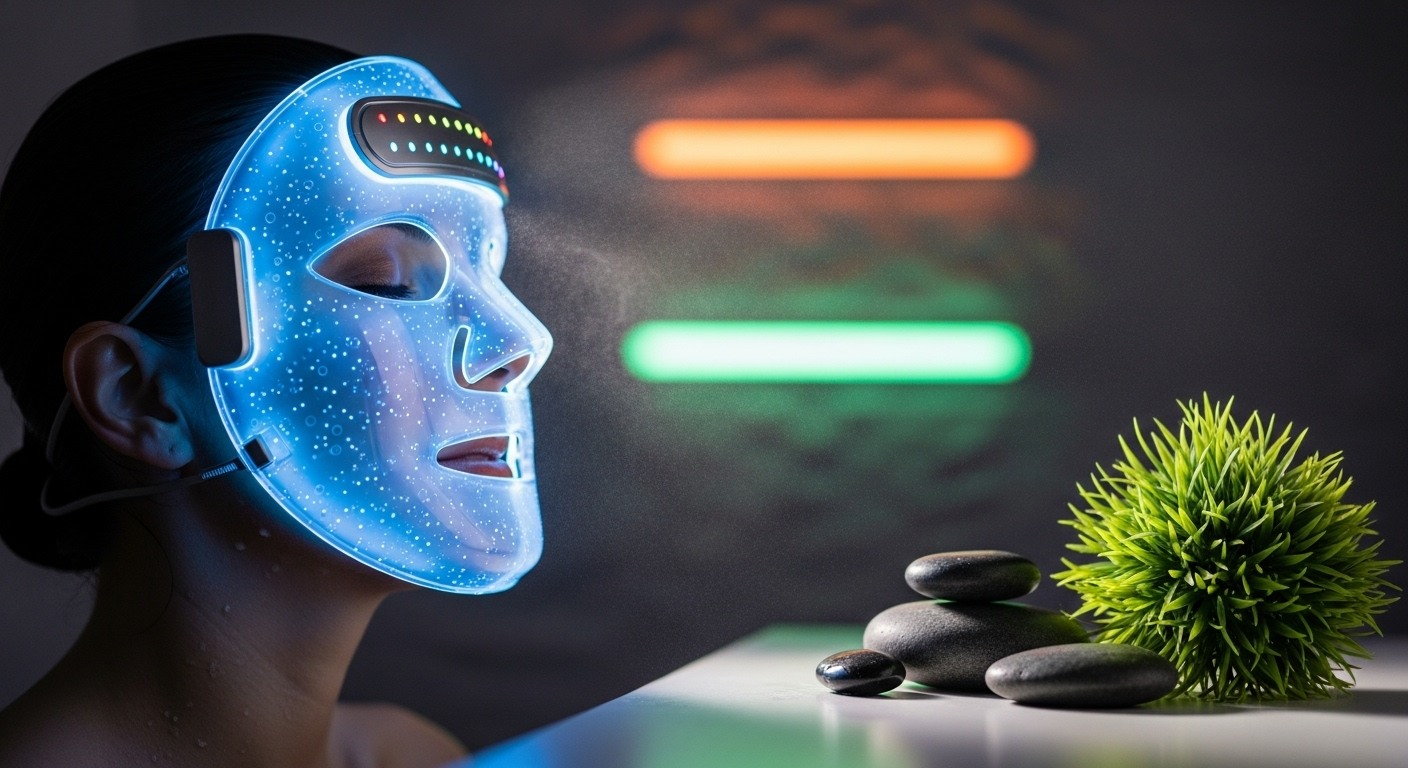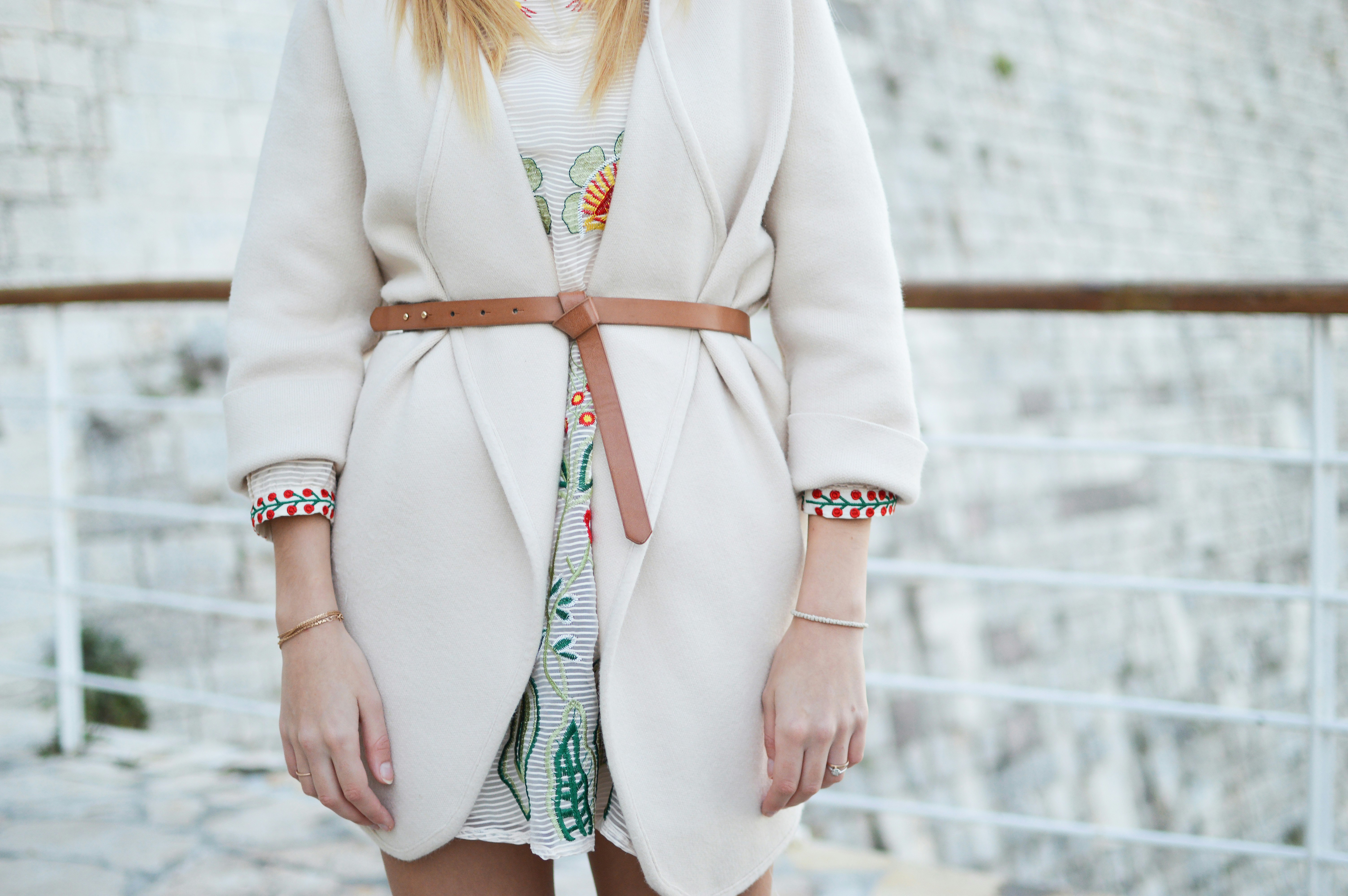Chromotherapy: The Spectrum of Wellness
In a world where beauty and fitness trends come and go, an ancient practice is making a colorful comeback. Chromotherapy, also known as color therapy, is emerging as a vibrant addition to modern wellness routines. This holistic approach harnesses the power of different hues to promote physical, emotional, and mental well-being. While the concept of using color for healing dates back thousands of years, recent scientific studies and anecdotal evidence have sparked renewed interest in this spectrum-based therapy. From spa treatments to home decor, chromotherapy is infiltrating various aspects of our lives, promising to paint a brighter picture of health and beauty.

A Spectrum of Applications
The versatility of chromotherapy has led to its integration across various wellness sectors. In skincare, LED light therapy masks have gained popularity for their purported ability to combat acne, reduce inflammation, and promote collagen production. These devices emit different colored lights, each targeting specific skin concerns. Blue light is often used for its antibacterial properties, while red light is praised for its anti-aging effects.
In the realm of fitness, chromotherapy-enhanced environments are becoming increasingly common. Some gyms and yoga studios now offer color-changing lighting systems that sync with workout intensity or meditation sessions. The theory is that by manipulating the ambient color, these spaces can enhance performance, focus, and recovery.
The Science Behind the Hues
While skeptics may dismiss chromotherapy as pseudoscience, emerging research suggests there may be more to color’s influence than meets the eye. Studies have shown that exposure to different colors can affect physiological markers such as heart rate, blood pressure, and cortisol levels. For example, a 2019 study published in the Journal of Physiological Anthropology found that exposure to blue light had a calming effect on participants, reducing heart rate and blood pressure.
Furthermore, the field of photobiomodulation, which explores how light interacts with biological systems, has provided insights into the potential mechanisms behind chromotherapy. Research in this area has demonstrated that specific wavelengths of light can stimulate cellular processes, potentially explaining some of the reported benefits of color therapy.
Painting the Town Red (and Blue, and Green)
As interest in chromotherapy grows, its influence is extending beyond traditional wellness spaces. Interior designers are incorporating color psychology principles into their work, creating environments that promote specific moods or behaviors. Home wellness enthusiasts are investing in color-changing light bulbs and therapy lamps, turning their living spaces into personalized chromotherapy sanctuaries.
The fashion and beauty industries have also embraced the trend, with color-based collections and products designed to evoke certain emotions or enhance particular features. From mood-boosting makeup palettes to clothing lines inspired by chakra colors, chromotherapy is making its mark on personal style.
A Palette of Possibilities
While chromotherapy shows promise, it’s important to approach it with a balanced perspective. Color therapy should be viewed as a complementary practice rather than a replacement for conventional medical treatments. That said, the low-risk nature of many chromotherapy applications makes it an accessible option for those looking to explore alternative wellness approaches.
As research in this field continues to evolve, we may gain a deeper understanding of how different colors affect our bodies and minds. This knowledge could lead to more targeted and effective chromotherapy treatments, potentially opening up new avenues for personalized wellness care.
The Future is Bright
Looking ahead, the integration of chromotherapy with other emerging technologies presents exciting possibilities. Virtual and augmented reality platforms could offer immersive color therapy experiences, allowing users to tailor their environments to their specific needs. Wearable devices might incorporate color-sensing technology to provide real-time mood and health insights based on color preferences and responses.
As our understanding of the relationship between color and well-being deepens, chromotherapy may become an increasingly valuable tool in our wellness arsenal. From enhancing athletic performance to promoting mental clarity, the potential applications of this spectrum-based therapy are as vast and varied as the colors of the rainbow itself.
In a world often painted in shades of gray, chromotherapy offers a vibrant alternative. By embracing the power of color, we may find new ways to illuminate our paths to health, beauty, and overall wellness. As we continue to explore the spectrum of possibilities, one thing is clear: the future of chromotherapy looks bright indeed.





